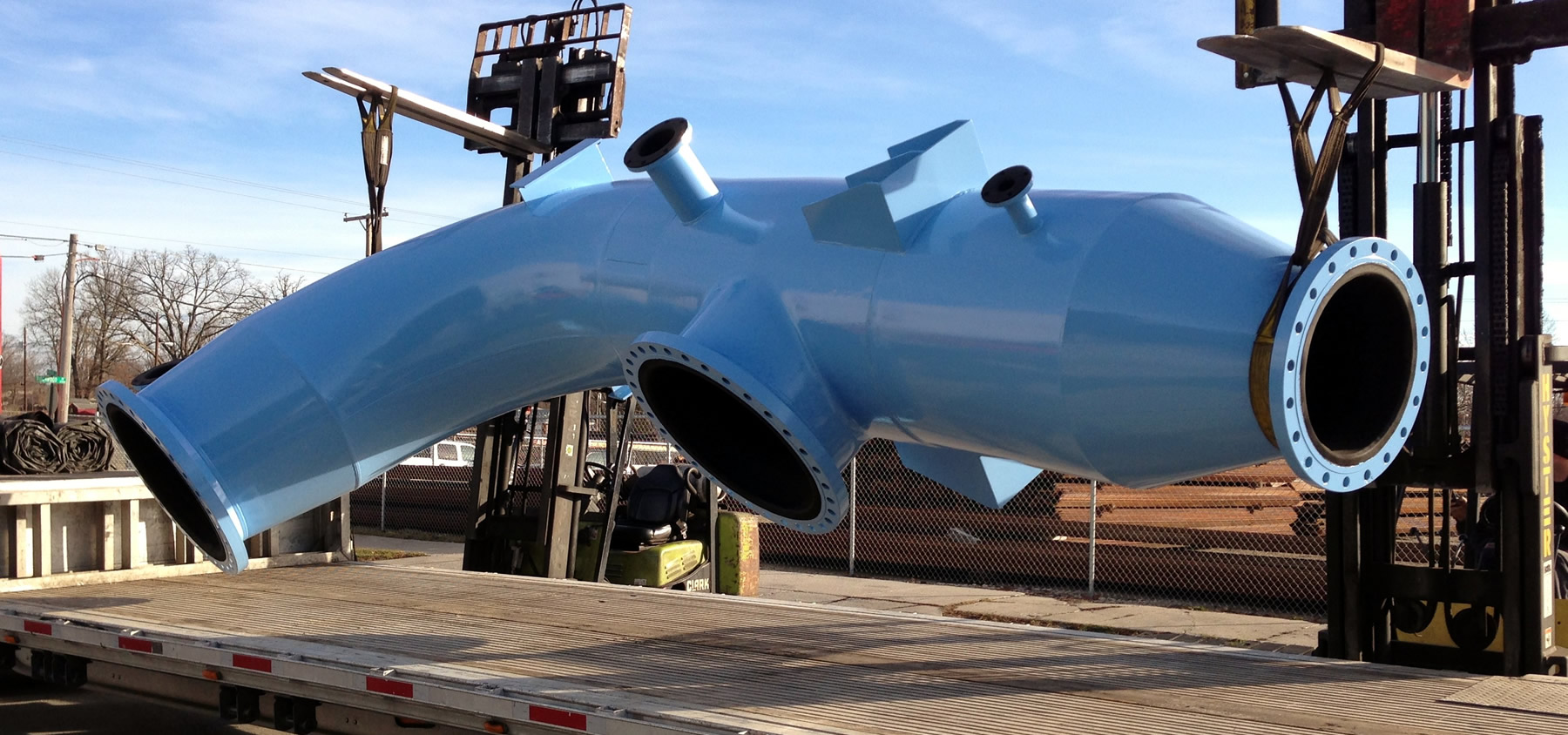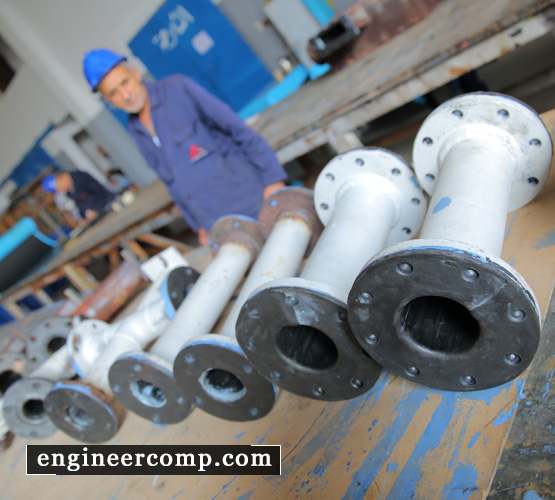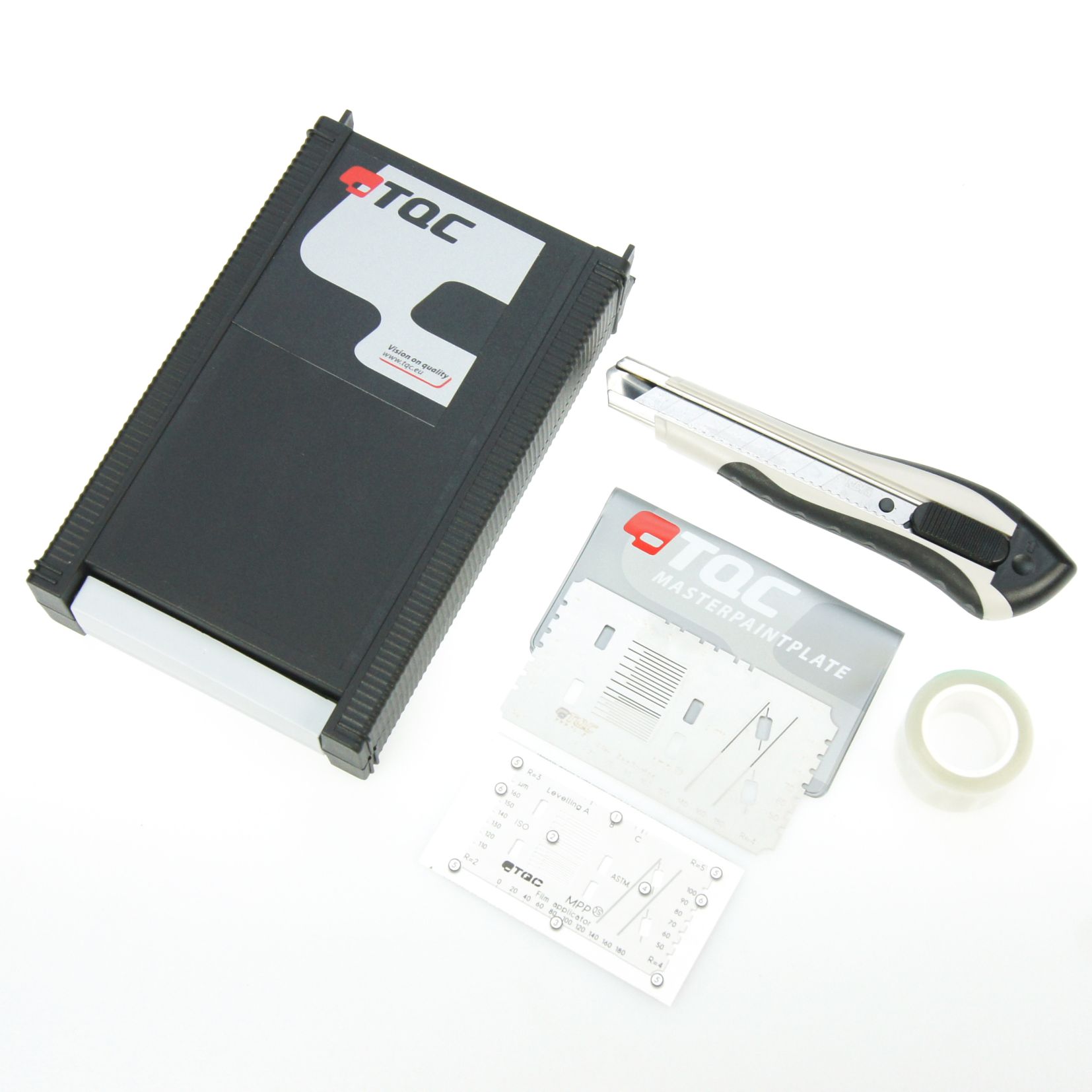Rubber Lining Adhesion Test

Note before applying adhesive to the lining the rubber may require to be freshened by giving it a wipe with solvent.
Rubber lining adhesion test. Method a rubber part assembled between two parallel metal plates. 1 1 these test methods cover procedures for testing the static adhesional strength of rubber to rigid materials in most cases metals. The standard is divided into. To read more about astm d413 astm d378 and the equipment req.
This test peels rubber conveyor belting and measures the average peel force over a 5 section. There are many conditions that can affect the adhesion of rubber to various substrates such as metal and fabrics. Method e of astm d429 determines the adhesive strength of rubber tank lining to a tank wall using a 90 degree strip test. Pull off adhesion testing is widely used to assess the protective coating process and to determine if a coating is fit for service in new construction and for repairs to existing structures.
Relevant adhesion test results obtained during the last two projects performed by the lining applicator may be referred to in. For polymer rubber linings qualification of procedures may include adhesion testing. The result is often critical to the acceptance or rejection of a coating process as the adhesion value quoted by. If a procedure that includes adhesion testing is used the quality control adhesion testing may be considered optional.
Allow to dry until tacky on both the substrate and the rubber approximate 1 hour. Pressure sensitive tape is applied and removed over cuts made in the coating. On metal substrates a more formal version of the knife test is the tape test. The testing procedures include peel strength or tensile strength of the adhesion edge.
There is no known correlation to other adhesion test methods pull off tape etc. Adhesion testing is a critical aspect of multi component rubber products and frequently should be considered for both rubber to rubber interfaces and rubber to reinforcement interfaces. The vehicle engine mounts rubber coated metal components and rubber lined tanks and containers use the astm d429 standard. Method c measuring adhesion of rubber to metal with a conical specimen.
The astm d429 includes the test procedure to determine the adhesion of rubber to rigid metal substrates. Once the test is complete you will want to record the force vs displacement. Method b 90 stripping test rubber part assembled to one metal plate. A standard method for the application and performance of this test is available in astm d6677.




































